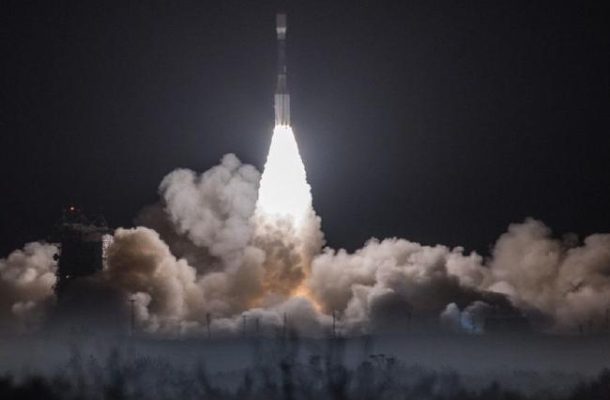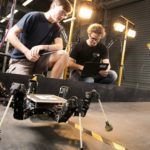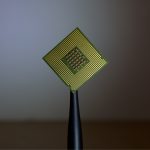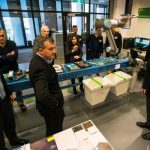Buccaneer blazes a new trail for the Australian space industry

Australia’s Minister for Defence, Marise Payne, has announced the successful launch of an Australian miniature satellite from the United States.
The Buccaneer cube satellite, developed by Australia’s Department of Defence and the University of New South Wales, was launched from Vandenberg Air Force Base in California on a Delta-II rocket and communications have now been established with the craft.
Minister Payne congratulated the team on the successful launch, noting that small, low-cost satellites like Buccaneer provide a valuable opportunity to support Australian Defence Force capabilities and to rejuvenate Australian space research.
Buccaneer is designed to improve understanding of the outer atmosphere, in particular the Ionosphere, which plays a key role in Australia’s world-leading Over-the-Horizon radar capability. It will test key technologies in preparation for a main mission in future years when it will help calibrate the Jindalee Operational Radar Network.
Minister Payne said the 2016 Defence White Paper had underlined the importance of space research and space-based systems in Australia’s Defence capability and national security. “The Government will invest significantly in space-related projects for Defence over the next two decades and it has made a commitment to establish a national space agency to drive Australia’s involvement in space,” Minister Payne said.
The Defence White Paper called for an expansion of Australia’s space-based military capabilities, noting Australia’s increasing reliance on satellites for its communications. The ADF uses space assets for vital surveillance and reconnaissance work and greater autonomous ability would guarantee these critical services remain available while offering scope for niche missions and objectives.
The successful launch of the Buccaneer cube satellite coincides with the 50th anniversary of Australia’s first satellite, the Weapons Research Establishment Satellite in 1967, when Australian became only the third country to design and launch a craft to orbit the earth.
Cube-sats in action
Although the Buccaneer is the first Australian cube-sat to be launched directly into orbit, three Australian cubesats, each the size of a loaf of bread, were deployed earlier this year from the International Space Station. The devices formed part of the international QB50 mission, in which 36 satellites from different institutions around the world used instruments from the Von Karman Institute to study Earth’s lower thermosphere.
These three cubesats were the first Australian built craft to be deployed in orbit in 15 years. They were developed by UNSW, a collaboration between the University of Sydney, the Australian National University and UNSW, and another partnership between Adelaide and South Australia universities respectively.
The UNSW cubesat, known as UNSW-EC0, ran four experiments comprising a GPS receiver, two boards testing radiation-robust software and self-healing electronics and a test on the craft’s 3D printed chassis.
A Global Opportunity
The world’s space industry had an estimated turnover of AU$440 billion in 2015 and this already impressive figure could reach AU$1.3 trillion by 2030. Nano-satellites and cubesats offer mid-sized Australian firms a way to compete with American and European space giants in a market which could alone be worth AU$9.2 billion by 2020, with a compound annual growth rate of about 20%. There could be 320 – 460 launches of craft between 1 – 50kg by 2023, more than 70% of them for commercial purposes.
Another analyst, Euroconsult, believes there could be than 3,500 small satellite launches in the next decade, worth AU$29 billion, an increase of three quarters over the previous decade.
Several Australian companies are developing launch capability, including Gilmour Space Technologies in Queensland. Other firms are developing ground based systems to manage satellites in orbit, including Saber Astronautics in Sydney. Several firms, including Obelisk Systems in Maitland, New South Wale, are developing cubesat components while Fleet in Adelaide is working on cubesat constellations, involving large numbers of small craft to offer global coverage.
The recent announcement of a Federal Space Agency and increasing interest in cube-sats from both commercial and defence entities offers a bright future for smaller Australian companies in space.








